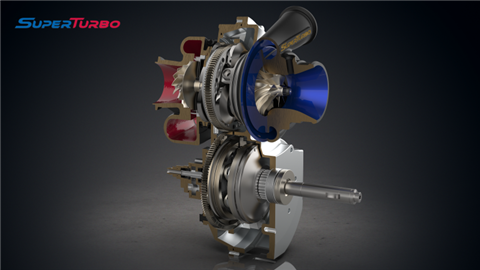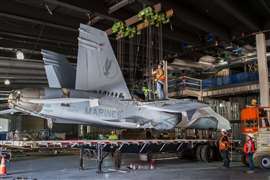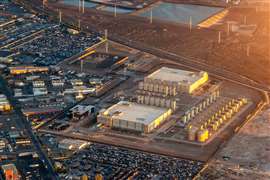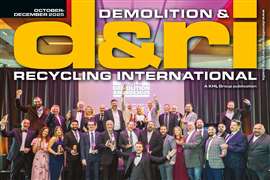AVL, SuperTurbo partner on hydrogen engine
19 October 2021
AVL and SuperTurbo Technologies, the Loveland, Colo., developer of advanced mechanically driven turbochargers for on-highway and construction equipment markets, announced that they will collaborate on a project to investigate the emissions reduction possibilities of the hydrogen internal combustion engine (H2ICE). Focusing specifically on commercial vehicle applications, they will explore the benefits of applying a mechanically driven turbocharger drive unit to a 13 L engine with H2 combustion.
 AVL and SuperTurbo Technologies, a specialist in mechanically driven turbochargers, are collaborating to investigate the potential of hydrogen internal combustion engines.
AVL and SuperTurbo Technologies, a specialist in mechanically driven turbochargers, are collaborating to investigate the potential of hydrogen internal combustion engines.
The SuperTurbo, is an ‘on-demand’ air device that can be used to control the speed of the turbomachinery independently of the engine’s exhaust flow and vary the relative ratio between engine speed and turbo speed. This is accomplished by utilizing mechanical components to either add or subtract power from the turbocharger shaft. The SuperTurbo employs a speed reduction fixed ratio planetary drive coupled with a continuously variable transmission. The result is an increase in performance and efficiency, the companies said.
AVL will leverage its years of simulation experience to provide an engine map simulation including NOx emissions, torque, power, intake and exhaust system pressure and temperatures, peak cylinder pressure and combustion timing.
“This collaboration is an important step for AVL in continuing our commitment to innovation and advancements that demonstrate our technology leadership,” said Stephan Tarnutzer, president at AVL North America. “H2ICE applications can provide significant advantages in commercial vehicles, and we believe this collaboration will show even further emission and efficiency benefits.”
Regulations will require vehicle manufacturers to reduce NOx emissions while prioritizing performance. This will require advanced thermal management techniques to get exhaust aftertreatments to operating temperatures quickly and stay there even at light engine loads.
“The application of driven-turbo technology for H2ICE will enable full-cycle lean burn through precise air control and will also improve engine response,” said Thomas Waldron, executive vice president at SuperTurbo Technologies. “The collective AVL/SuperTurbo goal is to demonstrate low NOx emissions, performance similar to diesel, and improved engine efficiency. This could offer manufacturers a cost-effective path to carbon-free powertrains.”




